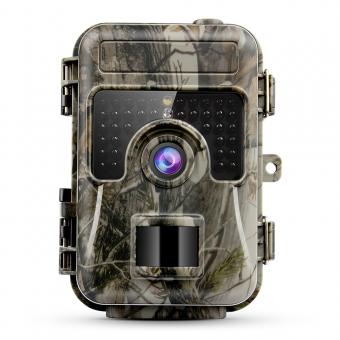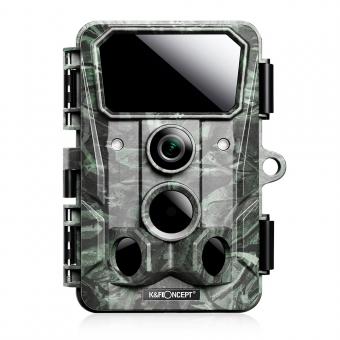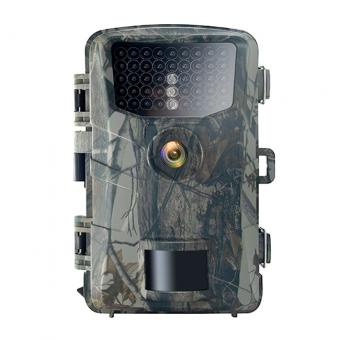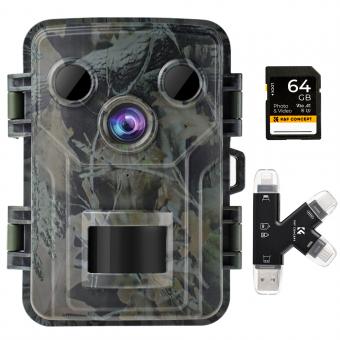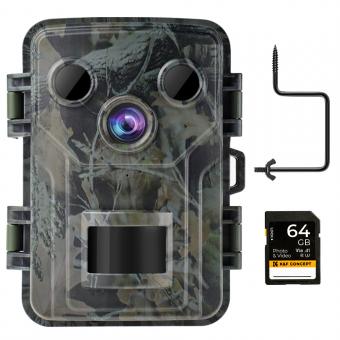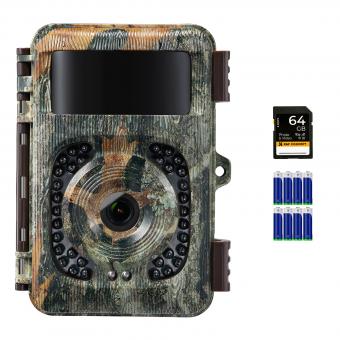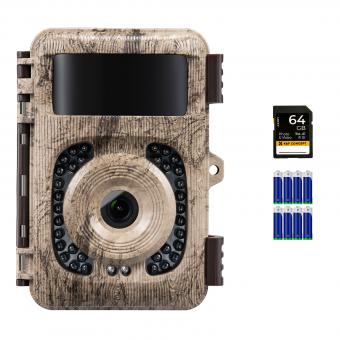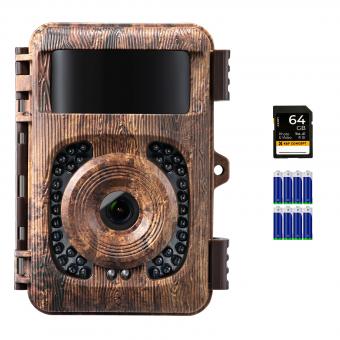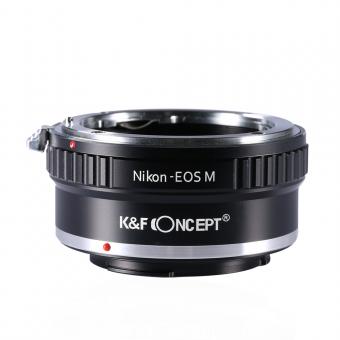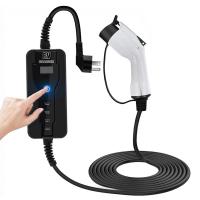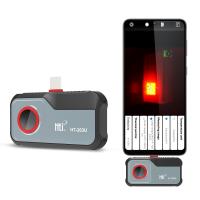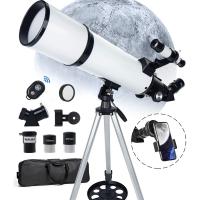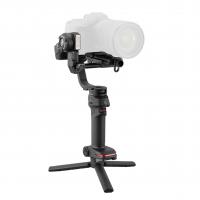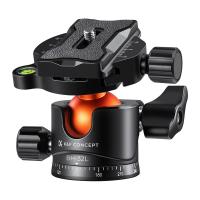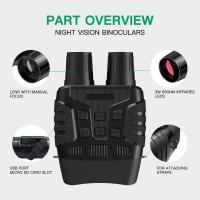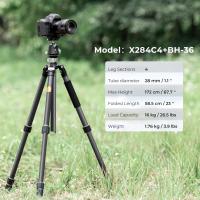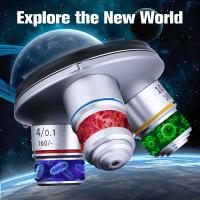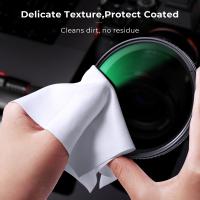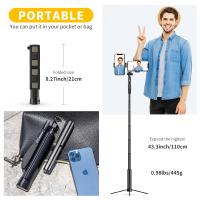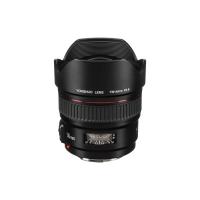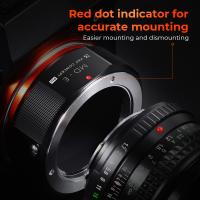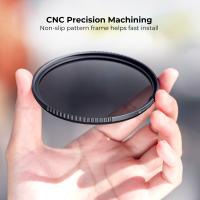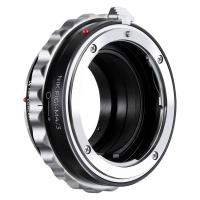Which Sony Camera For Wildlife Photography ?
Sony offers several cameras that are suitable for wildlife photography, depending on your specific needs and budget. The Sony Alpha a9 II is a top-of-the-line option with a 24.2-megapixel full-frame sensor, fast autofocus, and high-speed continuous shooting up to 20 frames per second. It also has a long battery life and weather-sealed body, making it ideal for outdoor shooting.
Another option is the Sony Alpha a7R IV, which has a 61-megapixel full-frame sensor and advanced autofocus capabilities. It also has a high-resolution electronic viewfinder and 10 frames per second continuous shooting.
For those on a budget, the Sony Alpha a6400 is a great option with a 24.2-megapixel APS-C sensor, fast autofocus, and 11 frames per second continuous shooting. It also has a compact and lightweight body, making it easy to carry on outdoor adventures.
Ultimately, the best Sony camera for wildlife photography will depend on your specific needs and preferences, as well as your budget.
1、 Sony A9 II - Fastest autofocus and continuous shooting speed.
Which Sony camera is best for wildlife photography? The Sony A9 II is the top choice for wildlife photographers due to its impressive autofocus and continuous shooting speed. With 693 phase-detection autofocus points and 20 frames per second continuous shooting, the A9 II can capture fast-moving wildlife with ease. The camera also has a silent shooting mode, which is essential for not disturbing animals in their natural habitat.
In addition to its autofocus and shooting speed, the A9 II has a high-resolution 24.2-megapixel full-frame sensor, which produces sharp and detailed images. The camera also has a weather-sealed body, making it durable and able to withstand harsh outdoor conditions.
Another advantage of the A9 II is its advanced connectivity options, including Wi-Fi, NFC, and Bluetooth. This allows photographers to quickly transfer images to their mobile devices for editing and sharing.
While the A9 II is a top-of-the-line camera, it comes with a high price tag. For those on a budget, the Sony A7 III is also a great option for wildlife photography. It has a lower continuous shooting speed and fewer autofocus points than the A9 II, but still produces high-quality images and has a more affordable price point.
Overall, the Sony A9 II is the best choice for wildlife photographers who need a camera with fast autofocus and continuous shooting speed. However, the A7 III is a great alternative for those who want a more budget-friendly option.
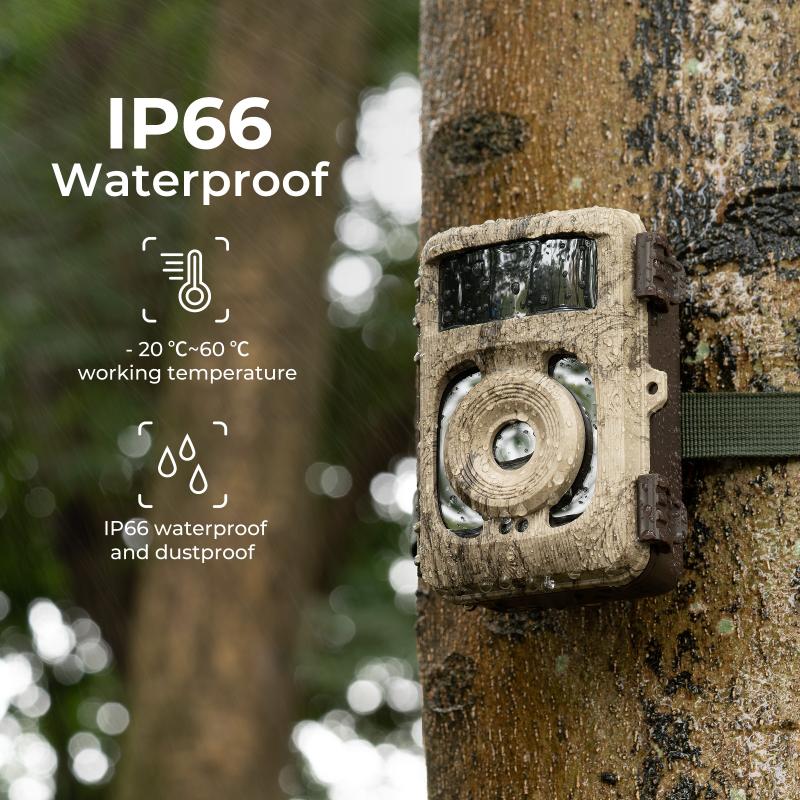
2、 Sony A7R IV - High resolution and dynamic range.
Which Sony camera is best for wildlife photography? The Sony A7R IV is a top choice for wildlife photographers due to its high resolution and dynamic range. With a 61-megapixel sensor, it captures stunning detail and produces images with incredible clarity. The camera's dynamic range is also impressive, allowing for better detail in both shadows and highlights.
In addition to its impressive technical specs, the A7R IV also has a fast autofocus system that can track moving subjects with ease. This is crucial for wildlife photography, where animals are often on the move and can be difficult to capture in focus.
The A7R IV also has a weather-sealed body, making it durable and able to withstand harsh outdoor conditions. Its battery life is also impressive, allowing for extended shooting sessions without needing to change batteries.
Overall, the Sony A7R IV is a top choice for wildlife photographers who want a camera that can capture stunning detail and produce high-quality images. While it may be a bit pricey, its technical specs and features make it well worth the investment for serious wildlife photographers.
3、 Sony A6600 - Compact and versatile with good autofocus.
Which Sony camera is best for wildlife photography? The Sony A6600 is a great option for wildlife photography due to its compact size, versatility, and excellent autofocus system. The A6600 features a 24.2-megapixel APS-C sensor, which provides excellent image quality and low-light performance. Additionally, the camera has a fast and accurate autofocus system with 425 phase-detection autofocus points, making it easy to capture fast-moving wildlife.
The A6600 also has a high-resolution electronic viewfinder and a tilting touchscreen LCD, which makes it easy to compose shots from a variety of angles. The camera is also weather-sealed, which means it can withstand harsh weather conditions and is ideal for outdoor photography.
One of the latest features of the A6600 is its real-time autofocus tracking, which uses artificial intelligence to track subjects in real-time. This feature is particularly useful for wildlife photography, as it allows you to keep your subject in focus even when it's moving quickly.
Overall, the Sony A6600 is an excellent choice for wildlife photography due to its compact size, versatility, and excellent autofocus system. Whether you're a professional wildlife photographer or just starting, the A6600 is a great camera that can help you capture stunning images of wildlife in their natural habitat.
4、 Sony A7 III - Good balance of speed and resolution.
Which Sony camera is best for wildlife photography? The Sony A7 III is a great option for wildlife photography due to its good balance of speed and resolution. With a 24.2-megapixel full-frame sensor, the A7 III can capture high-quality images with excellent detail and color accuracy. It also has a fast autofocus system with 693 phase-detection points and 425 contrast-detection points, making it easy to track moving subjects.
The A7 III also has a fast burst rate of up to 10 frames per second, which is essential for capturing fast-moving wildlife. Additionally, it has a long battery life, which is important when spending long hours in the field.
Another advantage of the A7 III is its low-light performance. With a maximum ISO of 204,800, it can capture images in low-light conditions without sacrificing image quality.
The A7 III also has a range of features that are useful for wildlife photography, such as silent shooting mode, which allows you to capture images without disturbing your subject, and a tilting LCD screen, which makes it easier to compose shots from different angles.
Overall, the Sony A7 III is a great choice for wildlife photography due to its combination of speed, resolution, autofocus, and low-light performance. It is also a versatile camera that can be used for a wide range of other photography genres.

